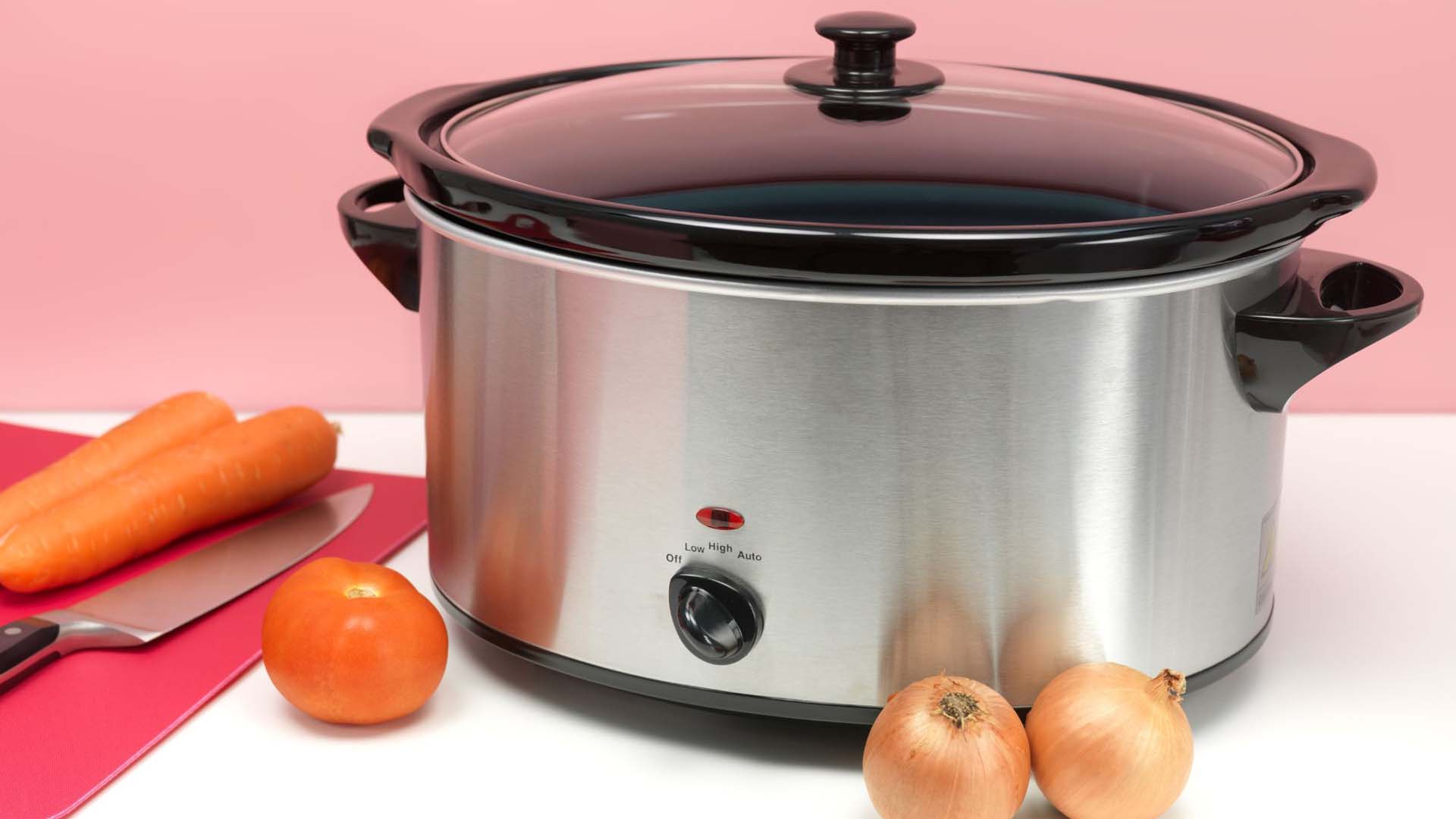
Art can play a part in baking, but ultimately it’s a science. Whether it’s bread, biscuits or cake, following the rules will lead to success. Improvisation, though, can result in failure, food waste and possibly a bruised ego.
I've worked as a food writer for nearly 20 years. I’ve developed and tested hundreds of recipes, and people often contact me to ask why a bake went awry. We’ll talk through what they did, and inevitably, one of these mistakes will be the issue.
Here are my baker's dozen of the most common baking mistakes.
The smallest fluctuations in ingredient amounts can cause a large difference in the outcome. Use scales that measure grams and follow your recipe’s amounts precisely.
Make sure you use calibrated measuring spoons and not cutlery ones, which can vary in volume wildly, and be the difference between success and failure.
A measuring teaspoon holds 5ml and a tablespoon holds 15ml.
If you think you can just tip cake batter into a tin and be done with it, think again. Cake tins need neat lining – usually with non-stick baking parchment.
Sometimes greasing and flouring can be sufficient, if that’s what the recipe calls for, but check the method to see what you need to do.
Skip this step and be prepared to scrape your cake out of its tin!
Ovens can be finicky, but one thing to note: if you’re using a fan oven, the overall temperature is hotter, so you need to adjust for this, otherwise you can end up overcooking your cakes and cookies.
If your recipe only gives a conventional oven temperature, decrease it by 20 degrees –for example, if you are supposed to bake a loaf of bread at 200ºC in a conventional oven, you’ll need to bake it at 180ºC in a fan oven.

Baking times are crucial. Too short and you risk undercooking (which will lead to raw mixture in the centre, or a sunken cake). Too long, and you risk overbaking/burning your creation, which will manifest either in at best a dry/crunchy exterior, and at worst a burnt or inedible one.
Most ovens have a timer – make sure you use it and check in when it pings. If your bake needs longer, pop it back in the oven for a further 10min, undisturbed. If you think the centre of a cake is still uncooked, but are worried about the outside burning, simply cover that part with foil before returning the whole thing to the oven.
Knowing when your bake is ready to come out of the oven is key.
A cake is ready when a skewer inserted into the centre comes out clean, with no wet batter clinging to it (if you can’t do this - for whisked sponges, say – then press the top with a finger and see if it springs back)
Biscuits and pastry are ready when they no longer look like raw dough, and have a dry, sandy feel when you run a finger over them.
A mistake people make is thinking biscuits need to be totally firm when tested, so end up cooking them until this happens (meaning the end result is dry and tough). Biscuits remain a little soft until they have cooled and set, so go by appearance/surface texture instead.
Bread is ready when it is risen, golden and sounds hollow if you lift if off the tray and tap it on the underside.
It’s tempting to want to keep checking in on a cake, but every time you open the oven door, it drops the temperature inside. This means the cake won’t cook as quickly, as it takes some time for the oven to return to the temperature it should be. This, in turn, extends the cooking time and can make it seem like the cake is never going to cook.
The best plan of action is to leave the oven door closed for the allotted time, then only check on it once that has elapsed.

More raising agent doesn’t necessarily mean a fluffier bake. Too much can actually have the opposite effect and lead to a cake with a sunken middle (it can also make things taste salty).
Why? Raising agents depend on chemical reactions where acids and alkalis mix to create small gas bubbles, which aerate the batter and get set into place as the mixture cooks. However, adding more than needed can mean this reaction happens too speedily and not in tandem with the heating process, so the bubbles appear and then disappear while the batter is still raw.
Delaying putting a sponge in the oven in has a similar sinking effect to adding too much raising agent - the chemical reactions happen before it gets cooked.
Once the batter is mixed, get it into the tin then into the oven asap.
Bread too dense? You need to allow it to rise sufficiently after shaping. This gives the yeast (or starter if making sourdough) a chance to create the carbon dioxide bubbles, leading to a fluffy texture.
No one loves a soggy bottom. Making tarts and pies without cooking the pastry shell means that the dough is stifled by what’s on top of it, and moisture can’t evaporate as it heats through. Line the pastry with a sheet of parchment and plenty of baking beans to support it, then bake until the sides are set.
Remove the beans and paper and bake for a few more minutes until the pastry base is dry and baked through.

It’s essential to know when to stop mixing a cake batter. Generally, it should be once the final ingredient has been added and the mixture has come together. Keep folding or whisking and you risk knocking out air or activating too much gluten and making the mixture tough and rubbery.
It is also possible to undermix, and have lumps or streaks of unmixed ingredients left in the batter. Sieving dry ingredients (especially cocoa powder or icing sugar) beforehand means that mixing a batter is easier as you aren’t having to contend with lumps.
Baking powder and bicarbonate of soda are different, but easy to accidentally interchange because American recipes call bicarb “baking soda”.
Bicarbonate of soda is a pure alkali and requires the addition of an acidic ingredient (such as lemon juice) to react with it.
Baking powder is a mixture of bicarb, plus a dried acid such as cream of tartar, and needs to be added to something with moisture to activate it.
Bicarbonate of soda is much more powerful, gram for gram, so using it instead of baking powder can create disaster.
Meringues are easy to mess-up as they require a set process that doesn’t take kindly to improvisation.
Firstly, there shouldn’t be grease on the equipment or yolk in the egg white. The next step is to whisk your egg whites slowly for the first minute or so until you’ve got a good foam building – blazing in at top speed breaks the proteins and creates a watery mess.
The next rule is to whisk until the whites hold a stiff peak and no further. If you start adding sugar too early, you will get a runny meringue. If you whisk too much, the proteins in the whites break, creating little clumps that can never be rescued.
Monaz Dumasia is a food writer, stylist and recipe developer with years of experience in the industry.
View author page
Find out about Saga's gastronomy holidays here...
They say the way to the heart is through the stomach, and Saga’s thoughtfully crafted food and wine holidays are perfect if you like trying new flavours and exploring traditional methods of cooking.

Click below for your chance to sail through Germany on board Saga’s stunning new ship, Spirit of the Moselle, worth £2,519pp.

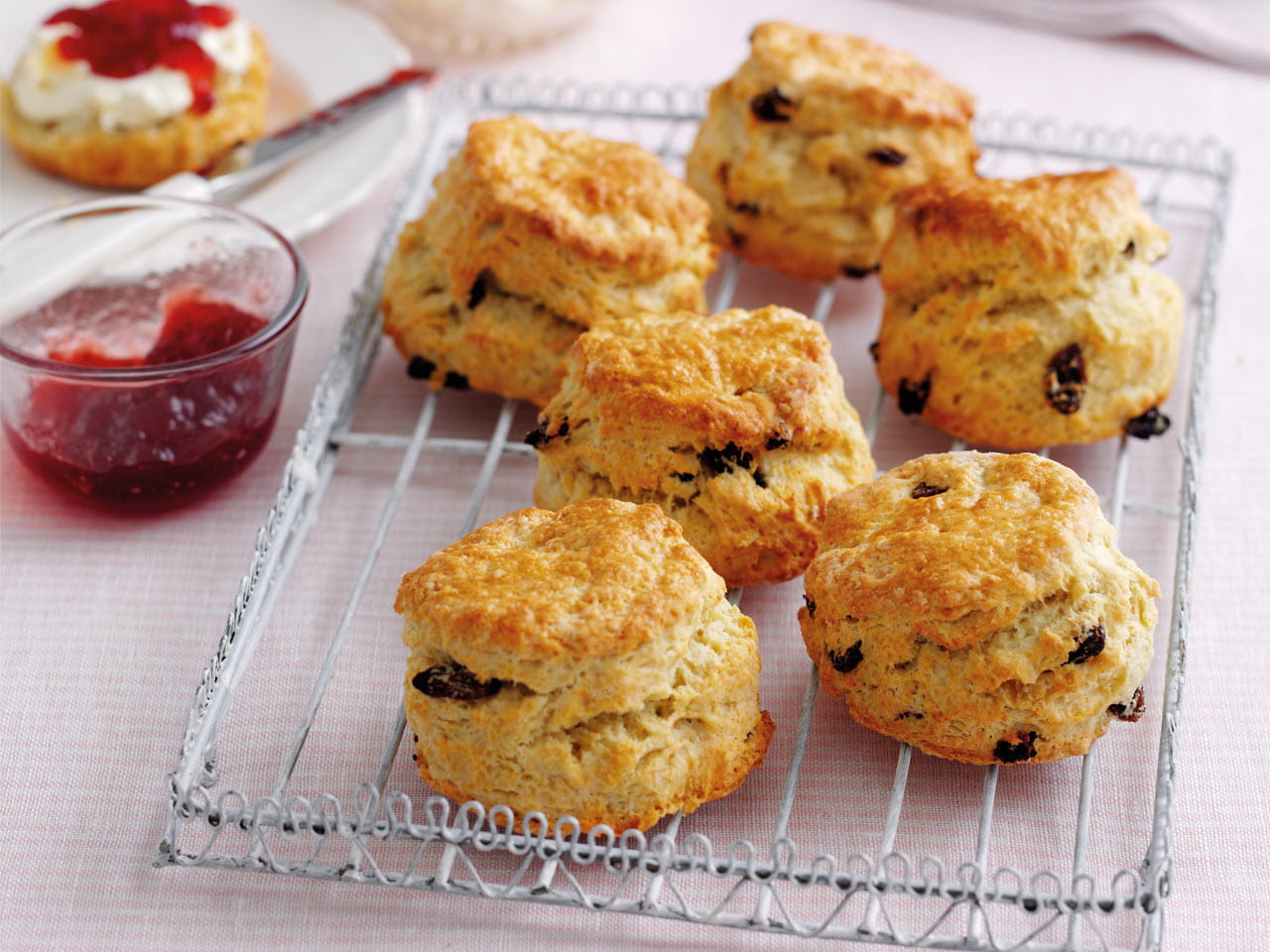
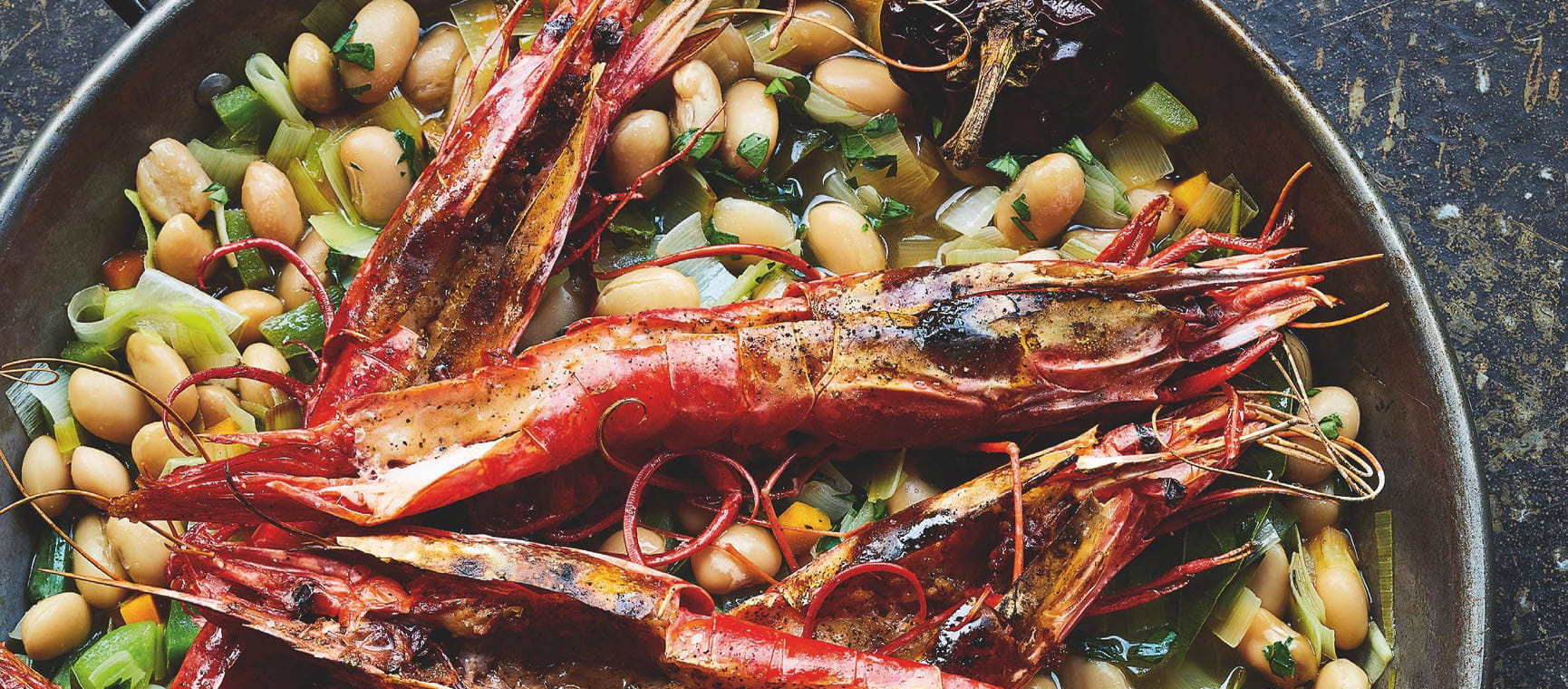
Celebrity chef James Martin shares his recipes for Valencian Beans and Prawns and Creme Caramel with Spiced Seville Oranges.
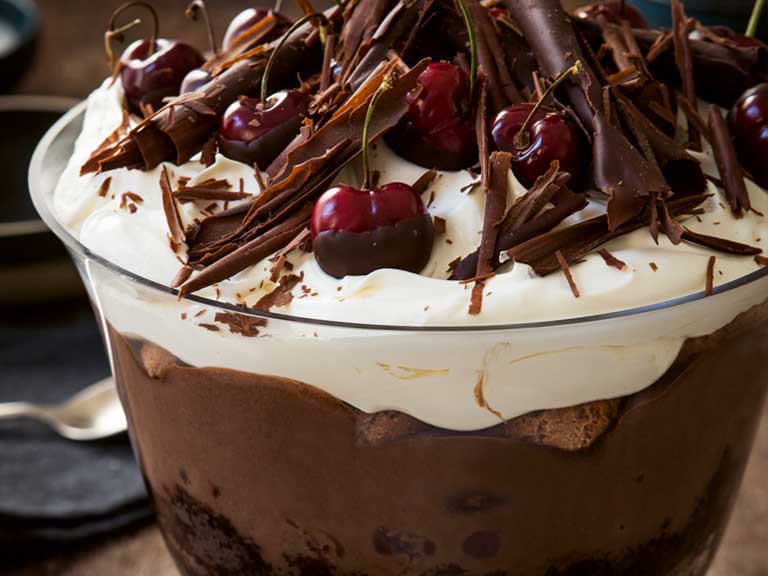

As summer approaches, our expert says it’s time to reappraise rosé and seek out more robust styles.

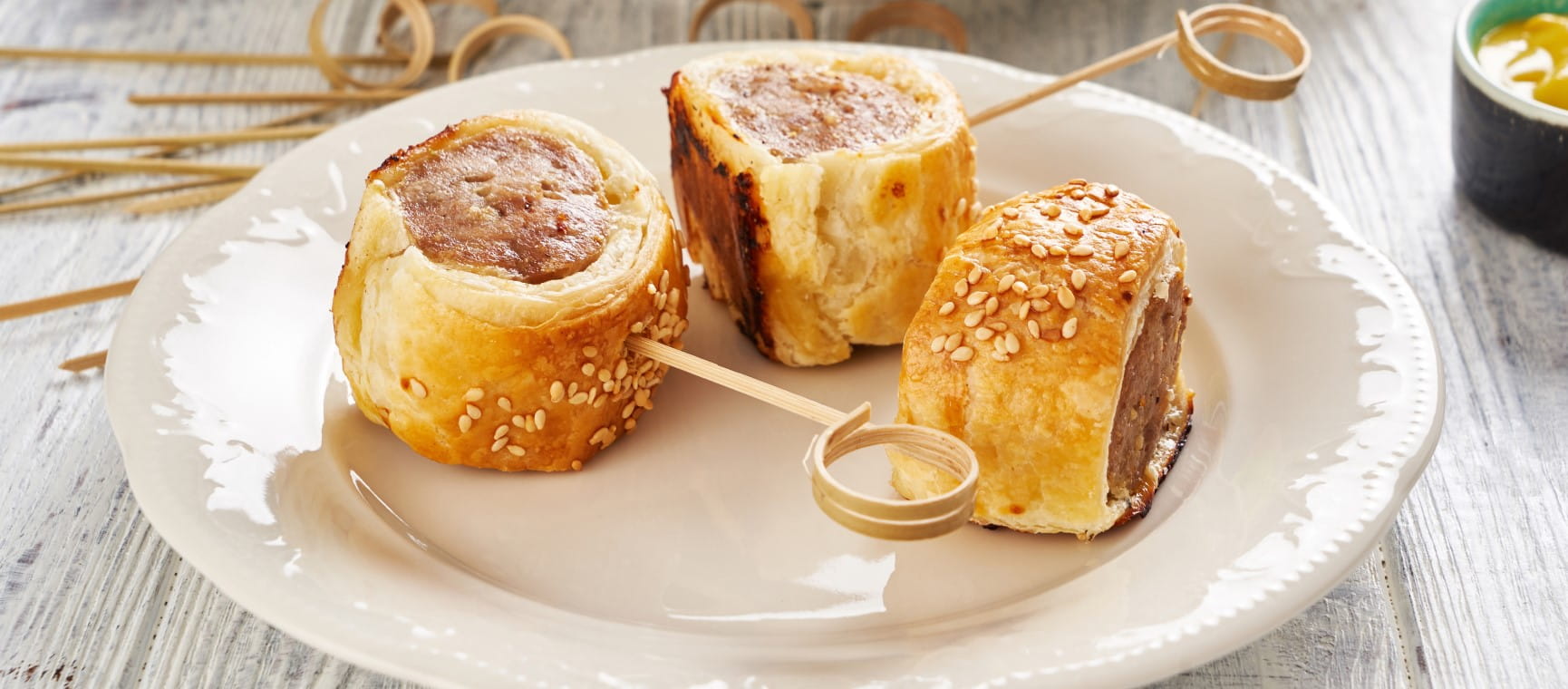
From parties to picnics, mini sausage rolls are the perfect snack. But which ones are our experts’ favourites?

Both sit nicely atop your kitchen counter, but is one better than the other?
